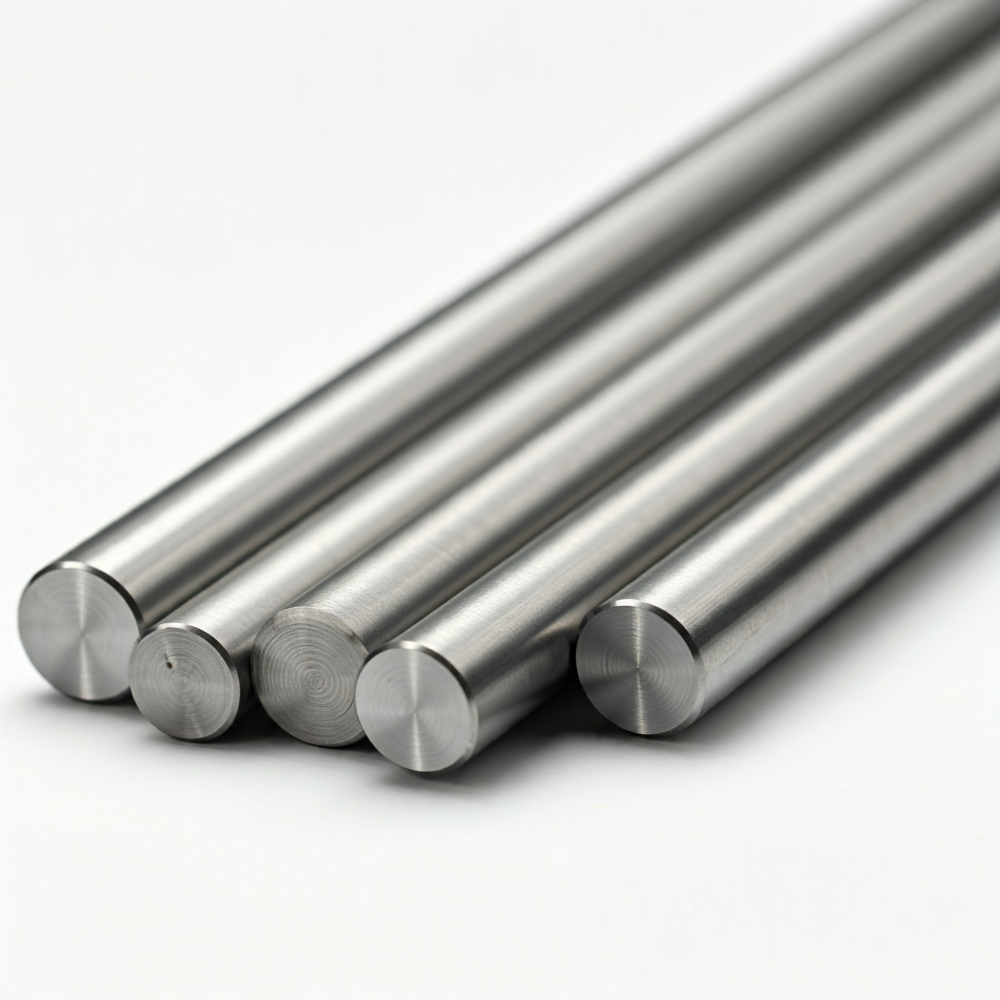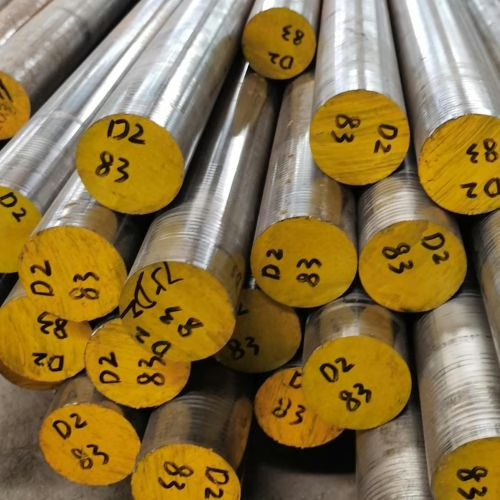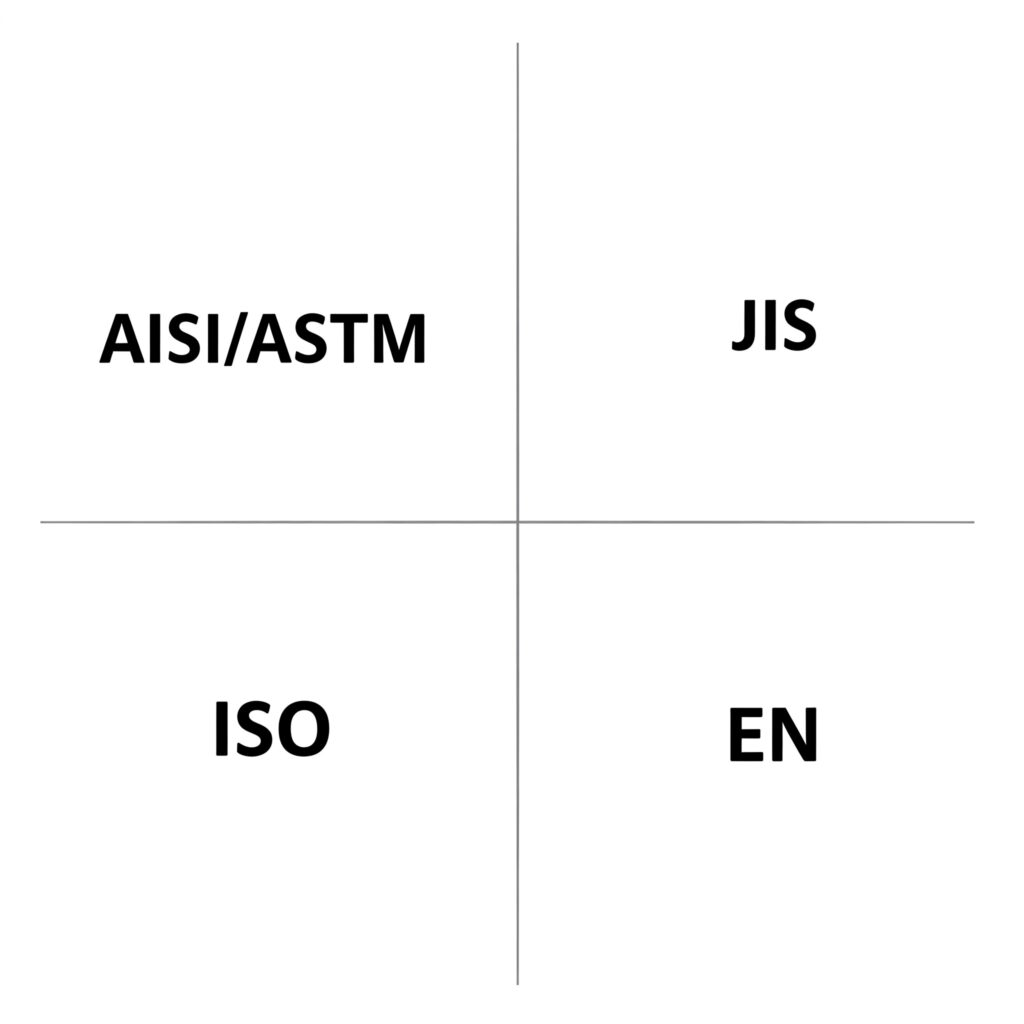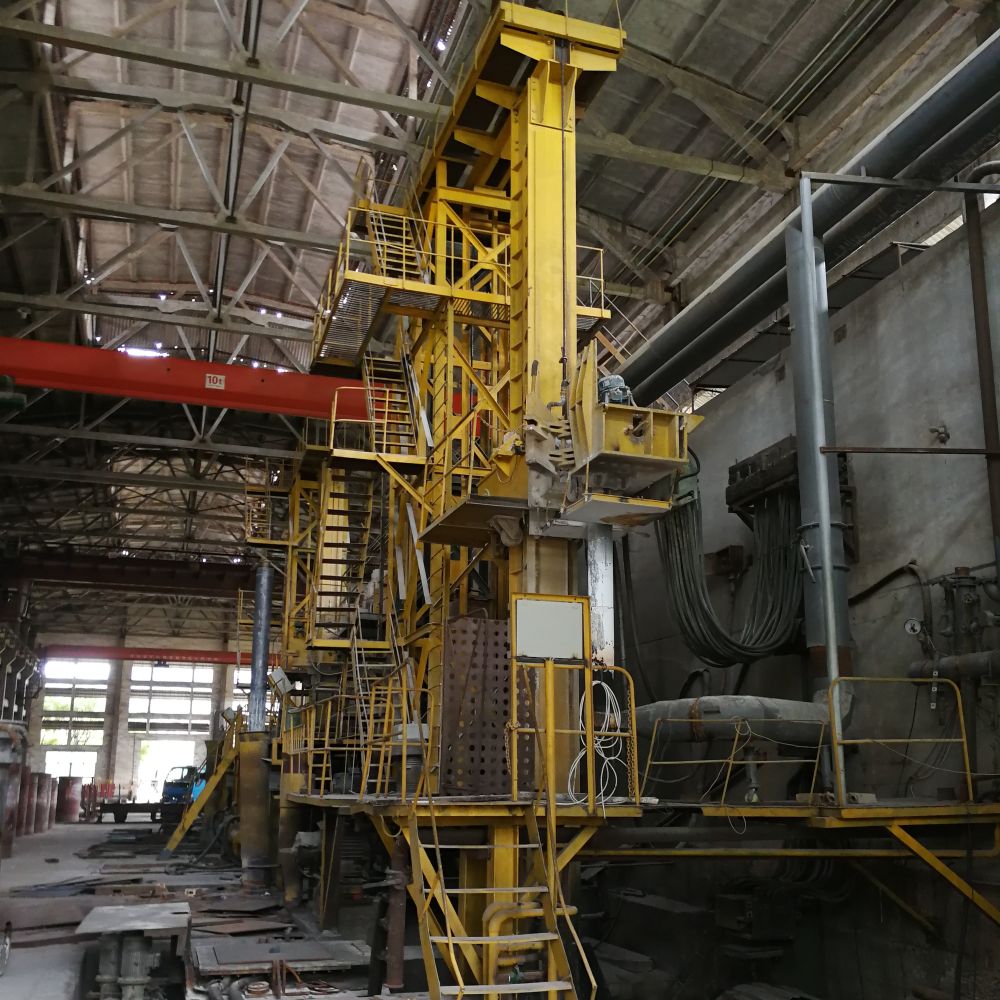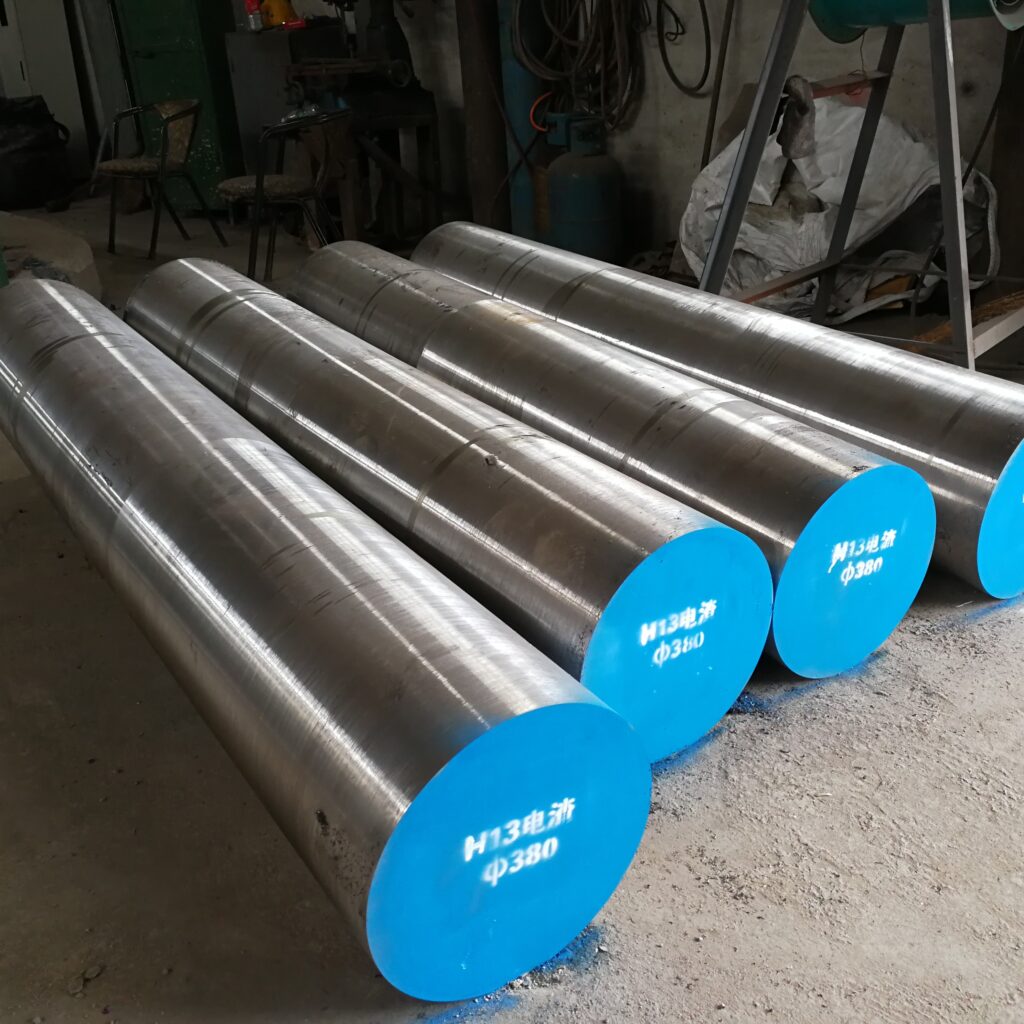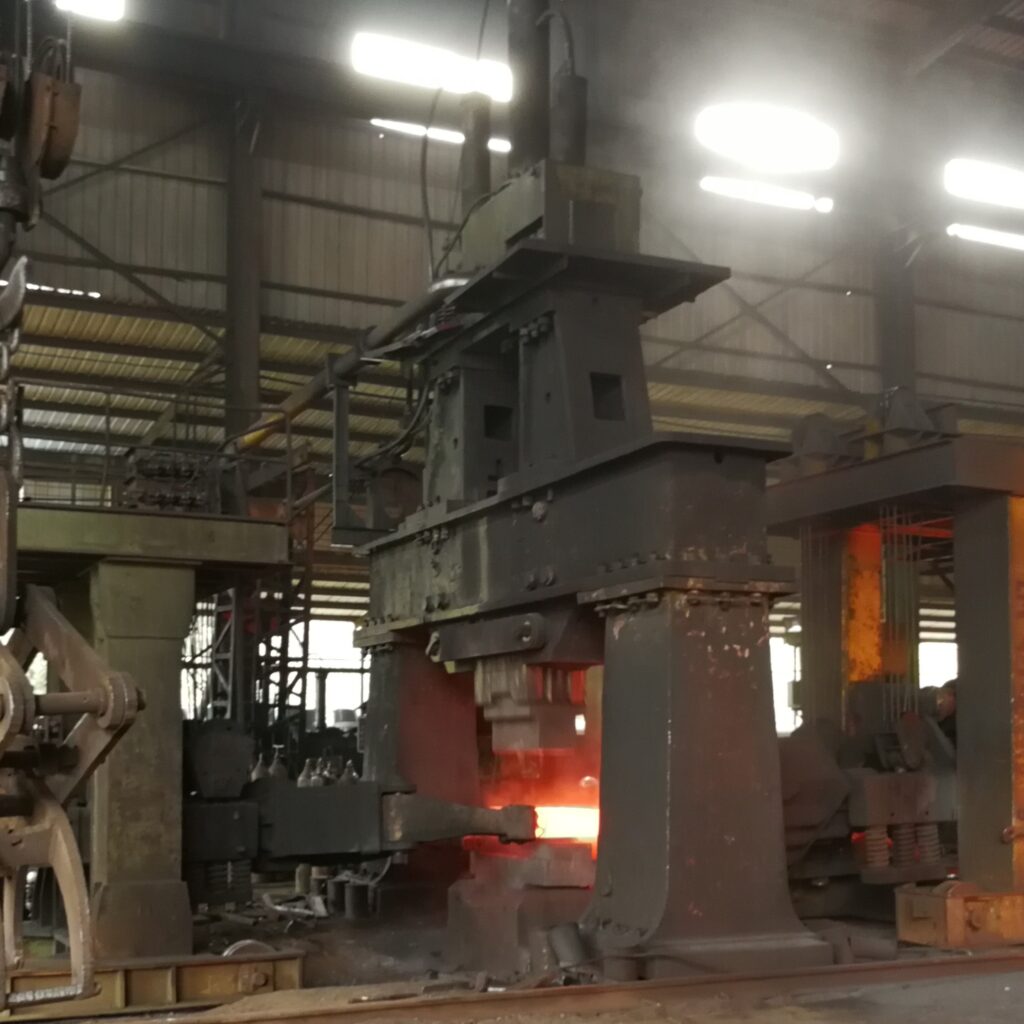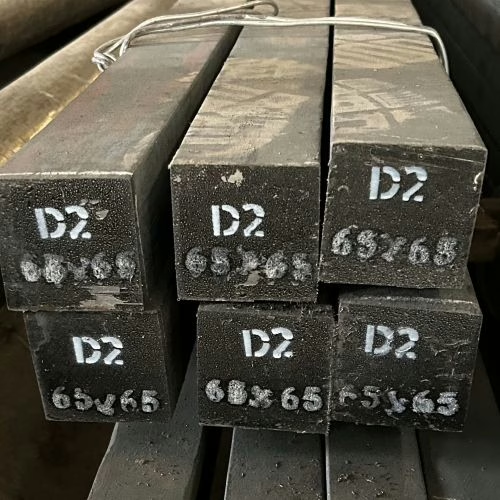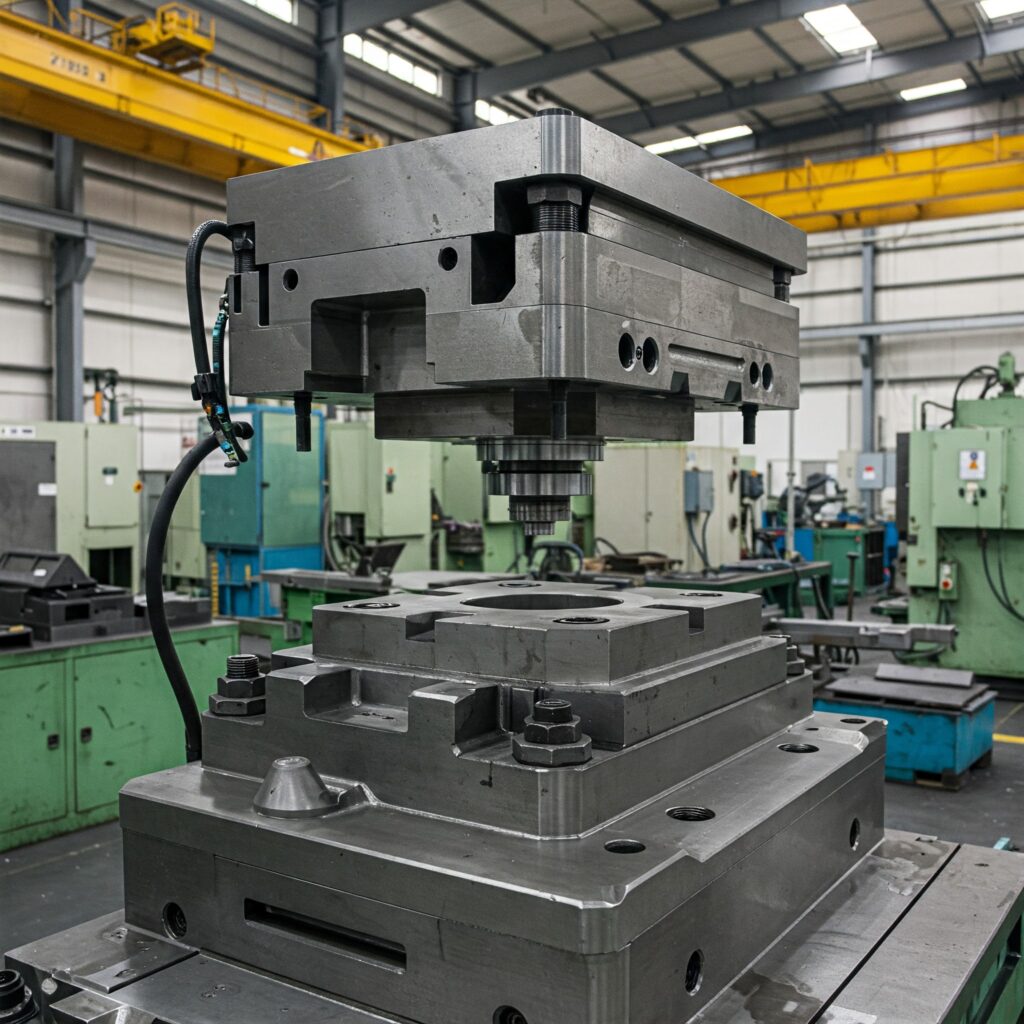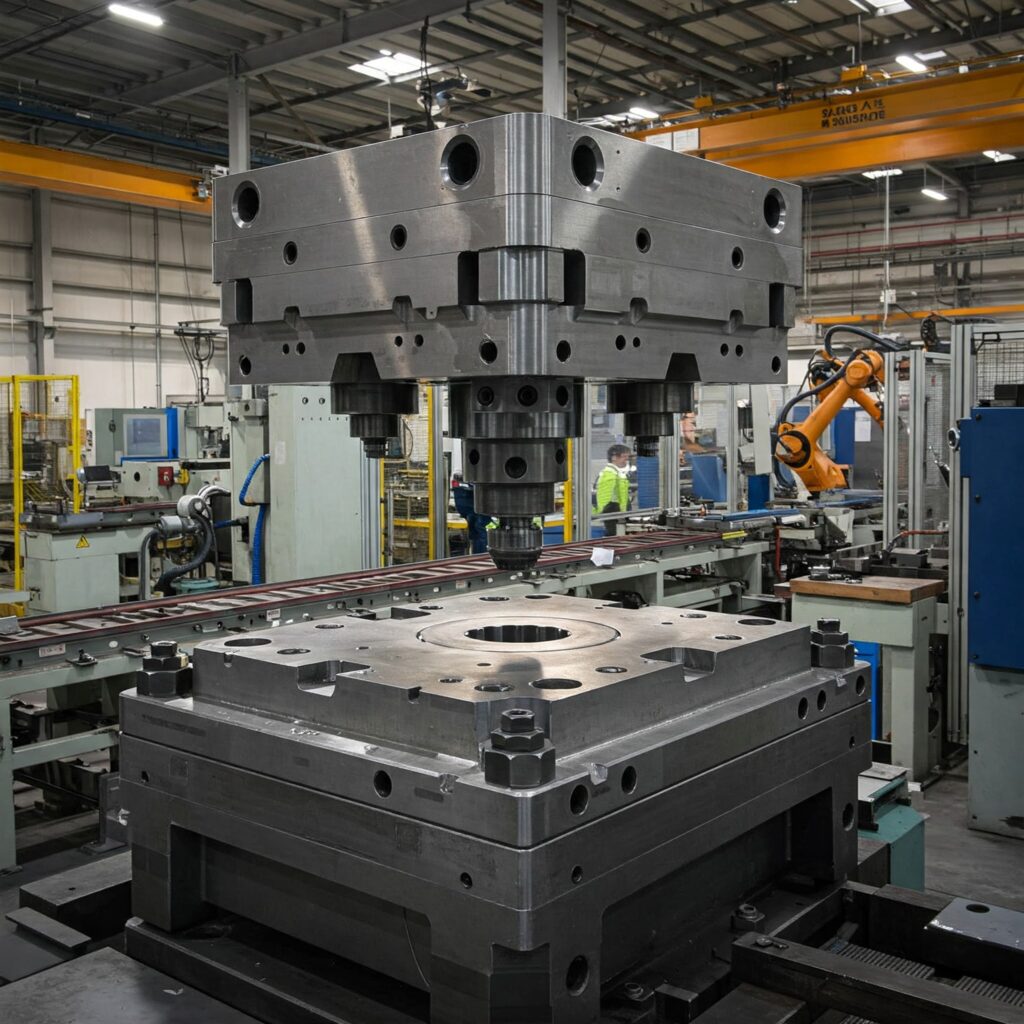Lojas de clientes
AS HISTÓRIAS A SEGUIR DE NOSSOS CLIENTES SÃO TODAS REAIS. PARA PROTEGER A PRIVACIDADE DE NOSSOS CLIENTES, ABSTIRAMO-NOS DE MENCIONAR SEUS NOMES. Histórias de um cliente indiano Em 2017, tivemos o privilégio de firmar uma parceria com um dos maiores importadores de aço para ferramentas da Índia, graças à apresentação de um de nossos […]

